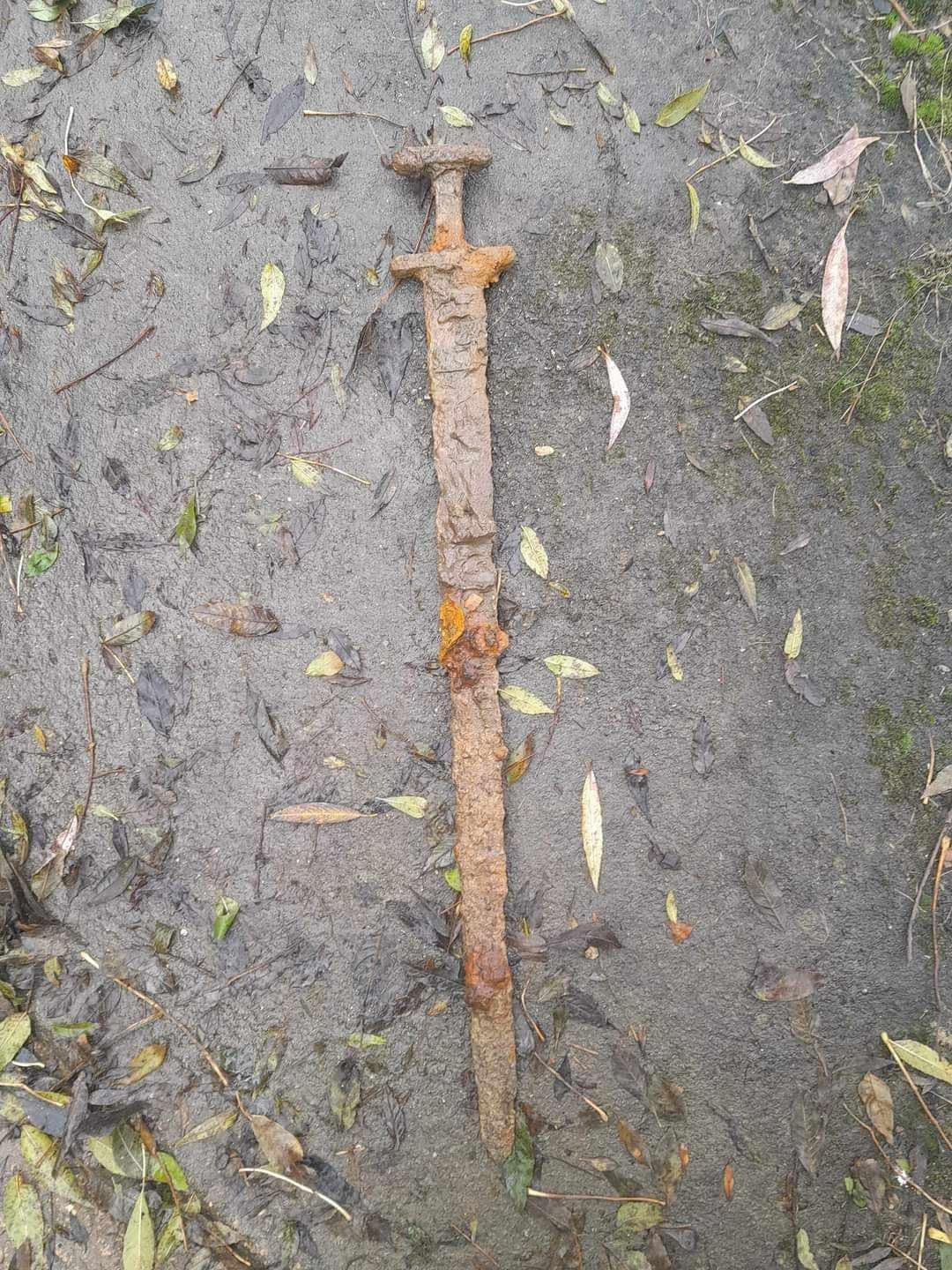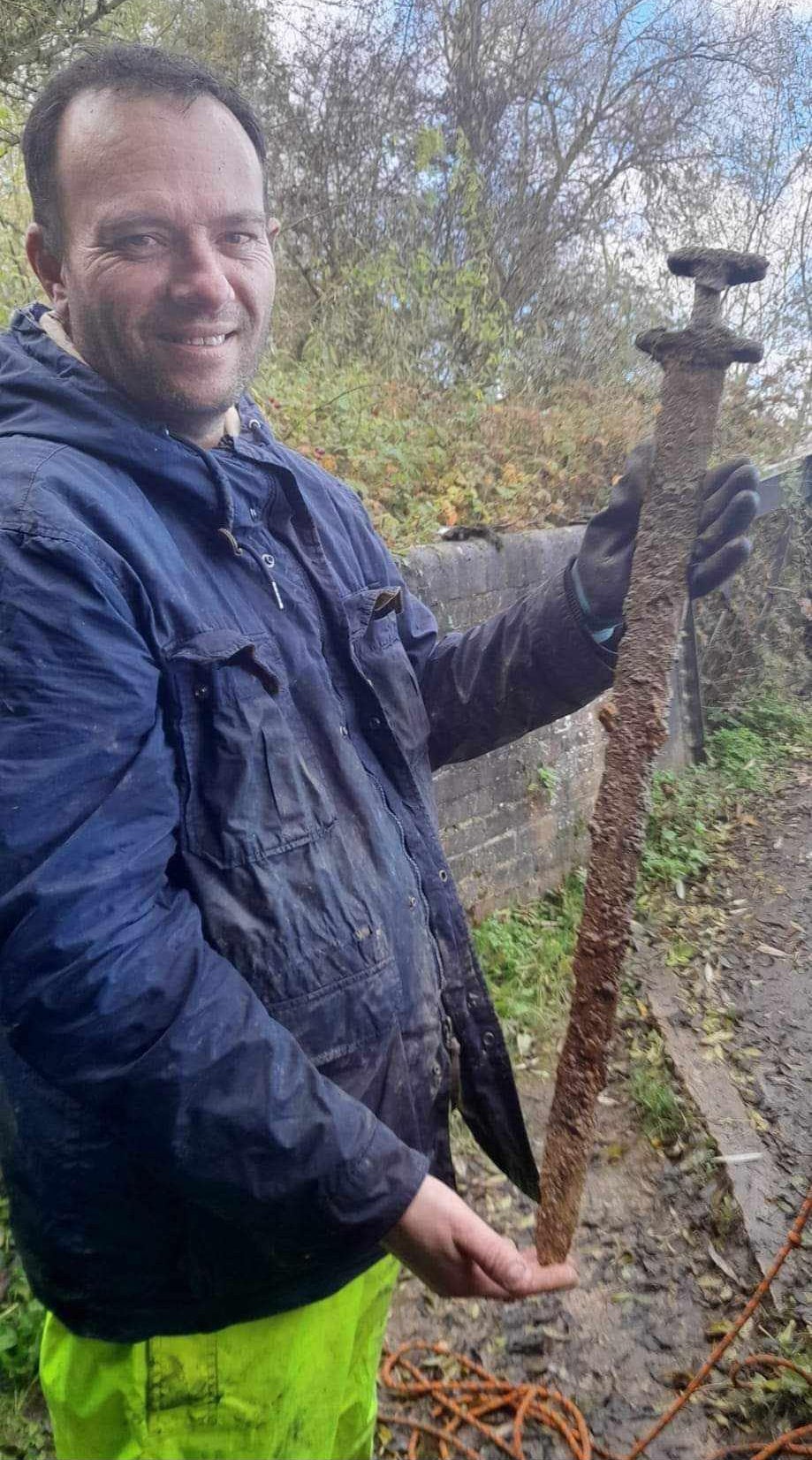Rare 1,100-year-old Viking sword pulled from Oxfordshire river
The 1,100-year-old Viking sword was discovered in the River Cherwell, Oxfordshire

A 1,100-year-old Viking sword has been pulled from an Oxfordshire river in a rare discovery unearthed by a magnet fisherman.
The weapon was found in the River Cherwell last year and has now been confirmed to date back to between AD 850 and 975.
Despite the nearby landowner not allowing magnet fishing, he agreed no legal action would be taken and it is now in the care of the Oxford Museum.
Trevor Penny, who found the object, told Live Science: “I was on the side of the bridge and shouted to a friend on the other side of the bridge, ‘What is this? He came running over shouting ‘It looks like a sword!’”
The Vikings reached British soil in the eighth century, having raided a monastery on Lindisfarne, an island off Britain’s northeast coast, in 793.

It comes after a 2,000-year-old “bullet” found with a Roman dictator’s name on it was likely used as propaganda, according to archaeologists.
The lead projectile, inscribed with the name of Julius Caesar, was unearthed in Spain and could have been used with a slingshot by the general’s troops.
The artefact - known to specialists as a “glans inscripta” - measures 4.5 by 2 centimetres and weighs 71 grams and would have been made using a mold into which molten lead was poured.
On one side, an inscription reads “IPSCA” - likely Latin for an unknown Spanish town - while the other reads “CAES” for Ceasar.
Experts say the discovery could prove Indigenous Spaniards supported the cause of the dictator during his civil war in 49 to 45BC.
Join our commenting forum
Join thought-provoking conversations, follow other Independent readers and see their replies
Comments
Bookmark popover
Removed from bookmarks